Named after revolutionary hero Nathaniel Greene, whose monument and burial site is at Johnson Square, Greene Square was laid out in the 1790s and developed into the center of Savannah’s black population. With a number of beautiful homes encircling it, it’s one of the city’s more enchanting squares.
Table of Contents
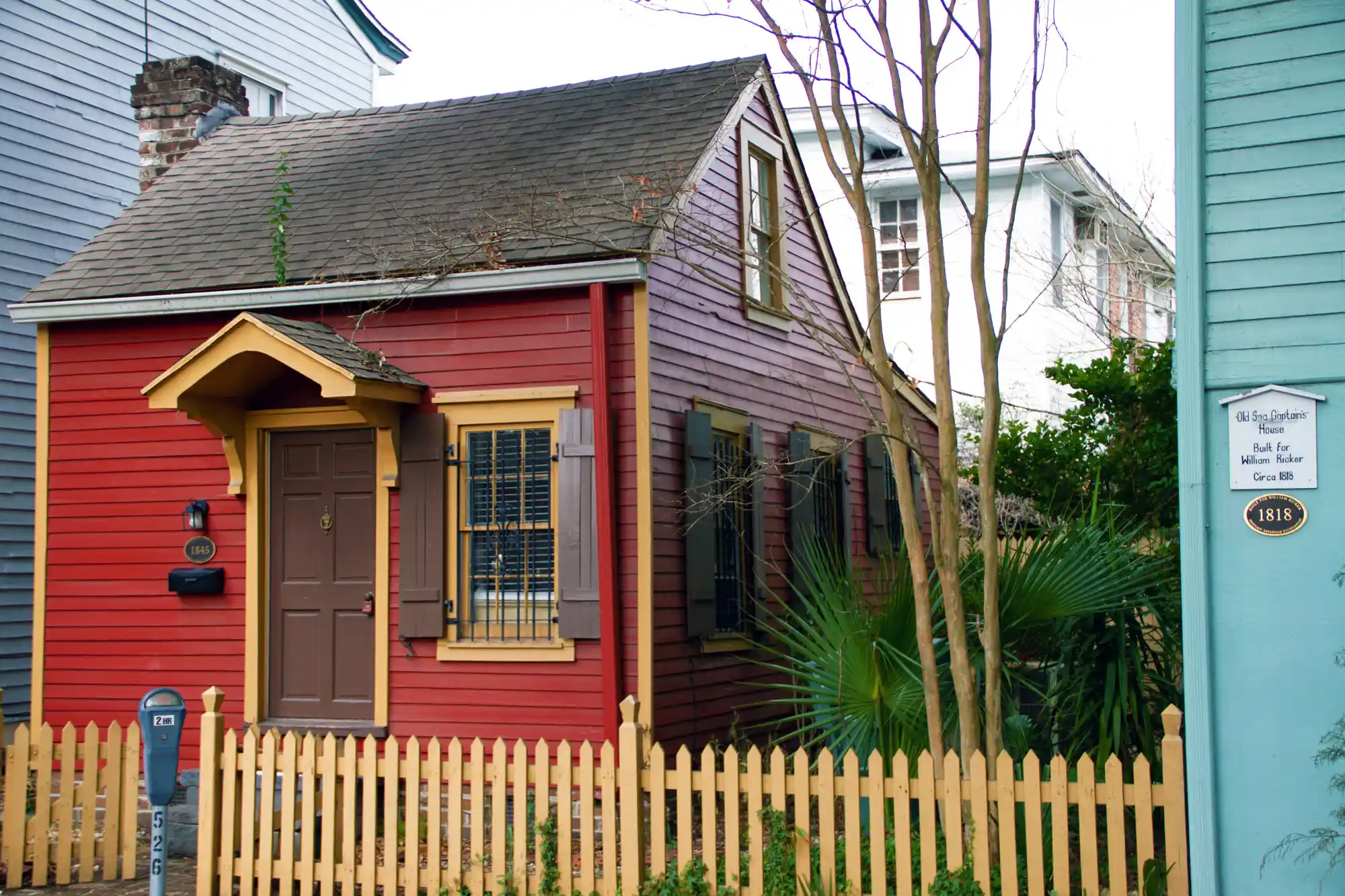
The Second African Baptist Church on the northeast side of Greene Square was built in 1802. Though destroyed by a fire and rebuilt in 1925, it retains much of its original interior, such as its benches, chairs and pulpit. This is where General Sherman famously promised to provide each freed slave “40 acres and a mule” after the Civil War.
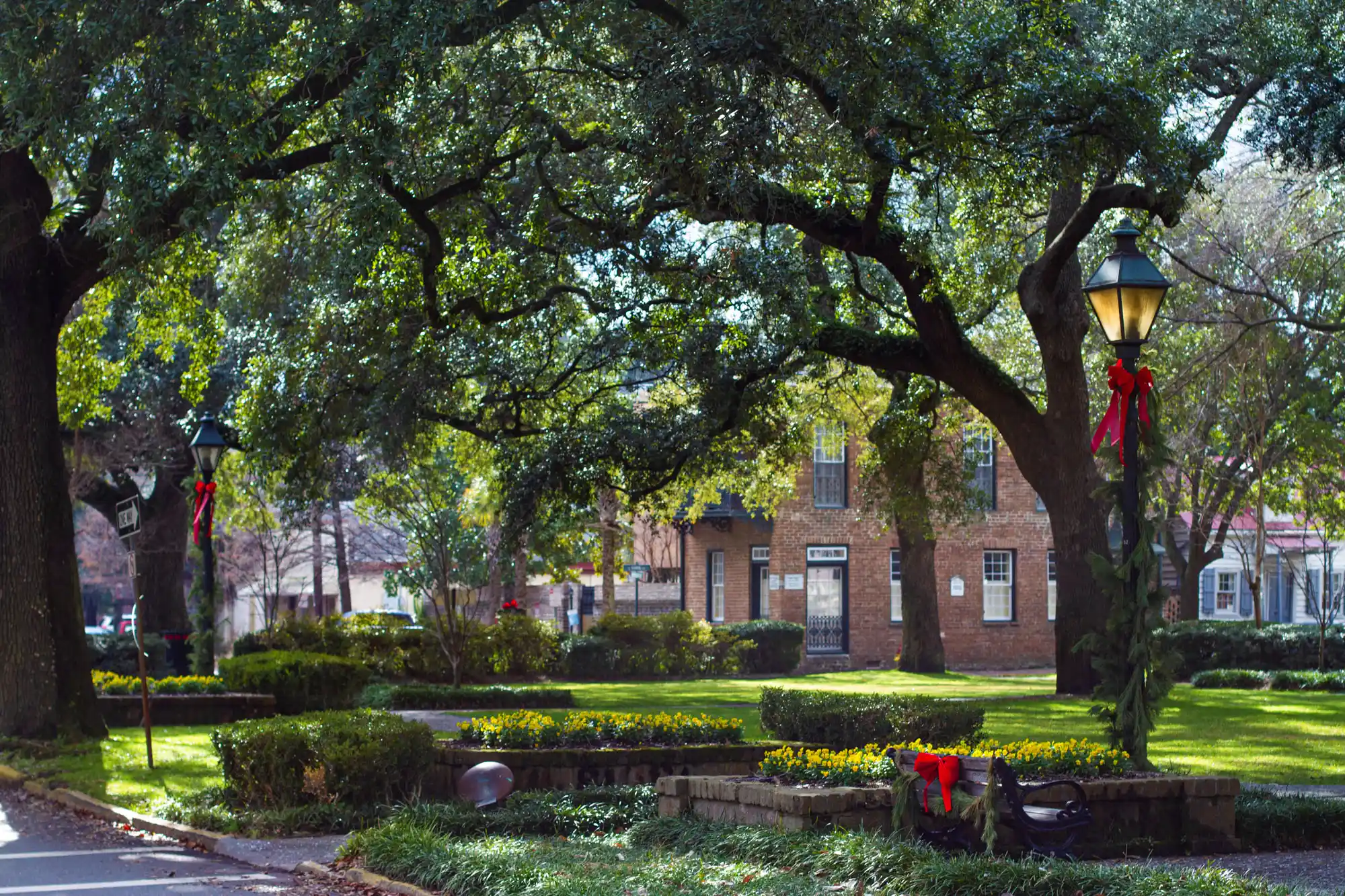
Pay attention for signs around Greene Square, which reveal the original street names. President Street was originally King Street, and Congress Street was once called Prince Street. (After the American Revolution, we didn’t have any desire to continue honoring the monarchy.) Other signs provide information about Greene Square’s homes. The house on 521 East York Street was built from the famous Savannah gray bricks of the Hermitage Plantation, and at 124 Houston, there’s an early 19th-century wood and stucco house built by Isaiah Davenport; one of the prominent architect’s few remaining structures in Savannah.
Greene Square itself has no monuments or fountains, but is rich in contrast. And its charming houses make it one of the must-see squares in Savannah.
Greene Square Info
This site contains affiliate links. We may receive a commission if you make a purchase. More Information!
Greene Square Photos
Most images can be licensed for commercial and editorial use, please contact us to find out more.
Greene Square Map
Greene Square FAQs
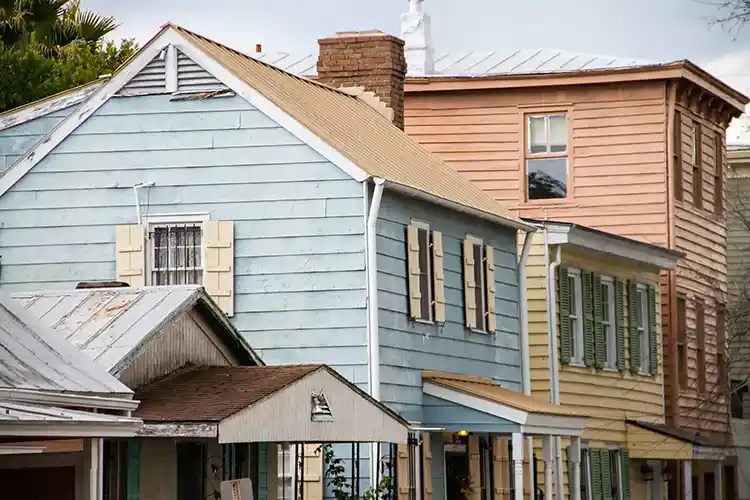
What makes Greene Square unique among Savannah’s squares?
Greene Square offers a serene escape from the hustle and bustle of Savannah, making it a perfect place for anyone seeking a tranquil experience amidst the city’s rich history.
Are there any notable landmarks near Greene Square?
Indeed, Greene Square is encircled by a number of historic structures, including the Second African Baptist Church, a key landmark in Savannah’s African-American heritage. The surrounding homes reflect the classic architecture of Savannah, making it a beloved destination for walking tours.
What’s the best time of day to visit Greene Square?
If you’re planning a visit to Greene Square, aim for the early morning or late afternoon. The way the light shines through the oak trees at these times creates a lovely and tranquil scene. You’ll also enjoy a more relaxed experience with fewer people around.
Squares Coffee Book
Savannah Square by Square is an eye-catching coffee table book filled with more than 300 colorful images of Savannah’s lovely historic downtown squares. Authored by Michael Jordan, a respected local filmmaker and historian, the book dives into the captivating history of all 22 current squares, as well as the two that have been lost and the lesser-known squares of Savannah.
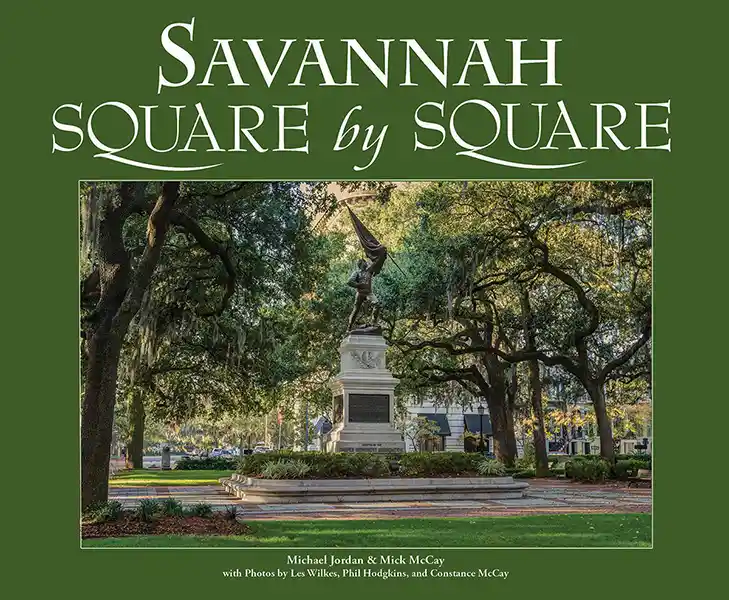
This site contains affiliate links. We may receive a commission if you make a purchase. More Information!

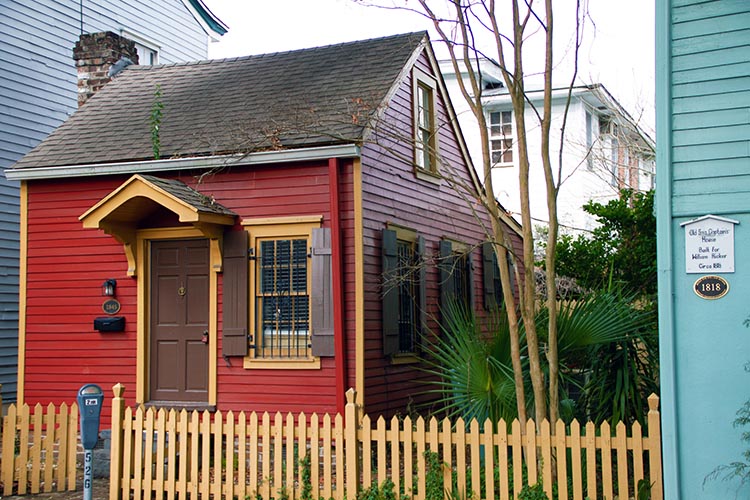
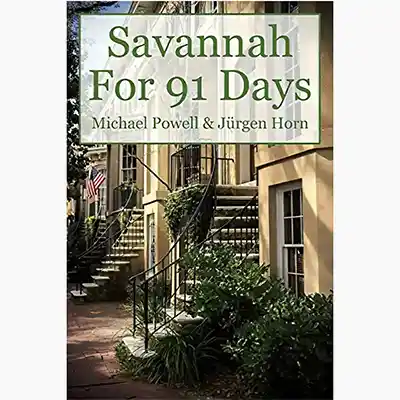






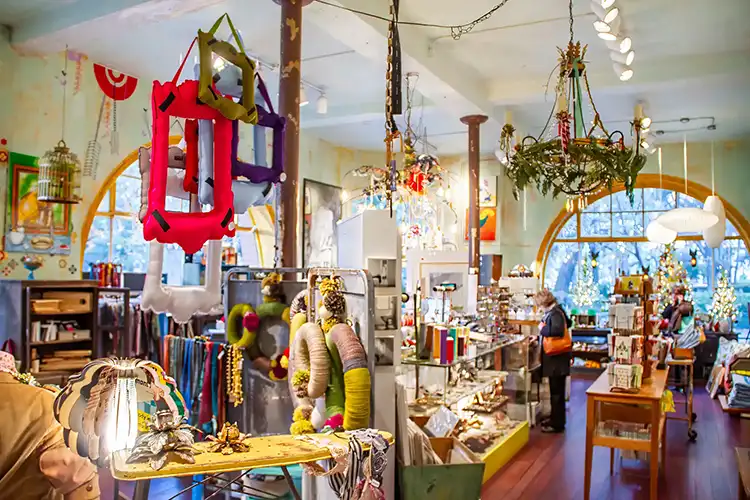

Leave a Reply